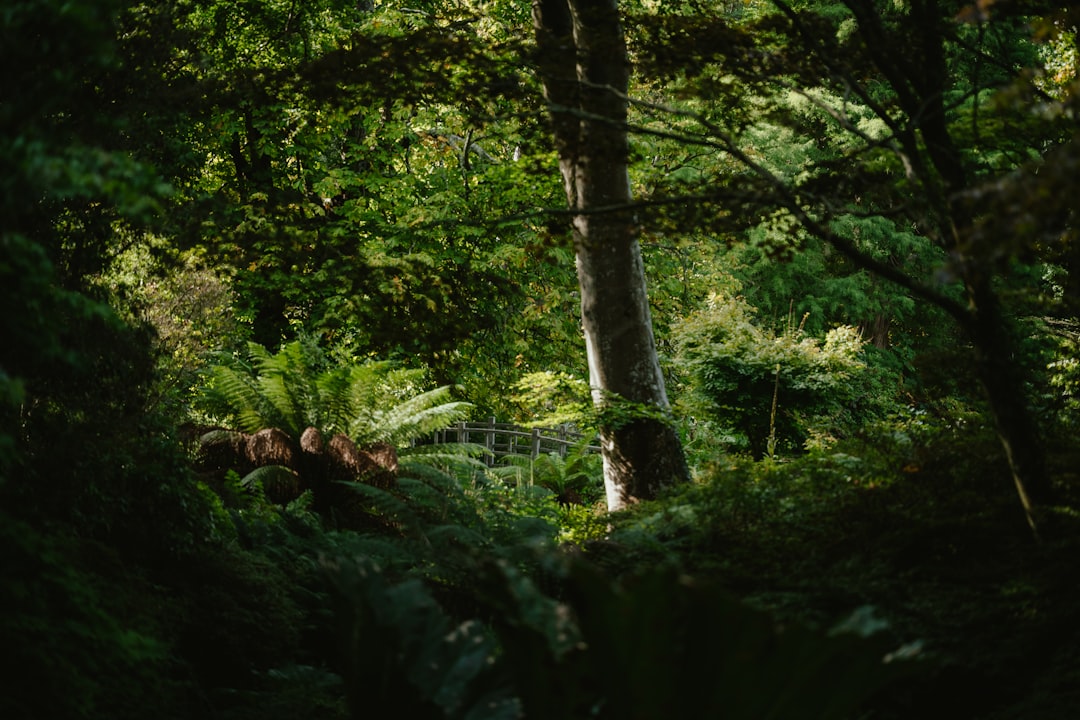Unveiling the Secrets of Home - Grown Vanilla Beans

Houseplants are a wonderful addition to any home, bringing a touch of nature indoors and enhancing the aesthetic appeal of living spaces. Among the vast variety of houseplants, some orchids stand out not just for their beautiful flowers but also for their unique utility. One such orchid is the vanilla bean orchid, a plant that offers the exciting possibility of growing and harvesting your own vanilla beans right at home.
Vanilla bean orchids, scientifically known as Vanilla planifolia, are native to tropical regions. Their natural habitat provides clues about the ideal conditions for their growth. These orchids thrive in warm, humid environments with filtered sunlight. Replicating these conditions indoors is crucial for their successful cultivation.
To start growing vanilla bean orchids, you'll need to obtain a healthy plant. You can purchase one from a reputable nursery or online plant store. When selecting a plant, look for strong, green leaves and a well - developed root system. Avoid plants with yellowing leaves or signs of pests.
Now, let's talk about the growing environment. The temperature should be kept between 65°F and 85°F (18°C - 29°C). A consistent temperature is essential, as sudden drops can stress the plant. Humidity is another key factor. Vanilla bean orchids prefer humidity levels of around 70% - 80%. You can increase humidity by placing a tray of water near the plant or using a humidifier. In terms of sunlight, direct sunlight can burn the leaves, so it's best to place the orchid in a spot with bright, indirect light, such as near a north - facing window or behind a sheer curtain.
Potting is also an important aspect. Choose a well - draining potting mix. A mixture of orchid bark, sphagnum moss, and perlite works well. The pot should have drainage holes to prevent waterlogging, which can lead to root rot. Repot the orchid every two to three years to provide fresh growing medium and enough space for the roots to expand.
Watering vanilla bean orchids requires a delicate balance. Overwatering can be just as harmful as underwatering. Water the plant when the top inch of the potting mix feels dry. Use room - temperature water to avoid shocking the plant. During the growing season (spring and summer), you may need to water more frequently, while in the dormant season (fall and winter), reduce the watering frequency.
Fertilizing is necessary to keep the vanilla bean orchid healthy and encourage growth. Use a balanced orchid fertilizer, diluted to half - strength. Apply the fertilizer every two weeks during the growing season and monthly during the dormant season.
One of the most exciting parts of growing vanilla bean orchids is the possibility of harvesting vanilla beans. However, this process is not quick. Vanilla bean orchids typically take three to five years to mature and start producing flowers. The flowers are short - lived, usually lasting only a day. To produce vanilla beans, the flowers need to be pollinated. In their natural habitat, specific bees and hummingbirds are the pollinators. At home, you'll need to hand - pollinate the flowers. Use a small, clean brush to transfer pollen from the male part of the flower to the female part.
After successful pollination, the flower will develop into a vanilla bean pod. It takes about nine months for the pods to fully mature. Once the pods turn yellowish - green and start to split at the end, they are ready for harvesting. The harvested vanilla beans need to go through a curing process, which involves blanching, sweating, drying, and conditioning. This process can take several months but results in rich, flavorful vanilla beans that you can use in your cooking and baking.
In conclusion, growing vanilla bean orchids at home is a rewarding but challenging endeavor. It requires patience, attention to detail, and a commitment to providing the right growing conditions. But the end result of harvesting your own vanilla beans is well worth the effort. Not only do you get to enjoy the beauty of the orchid's flowers, but you also have the satisfaction of using your home - grown vanilla in your favorite recipes.